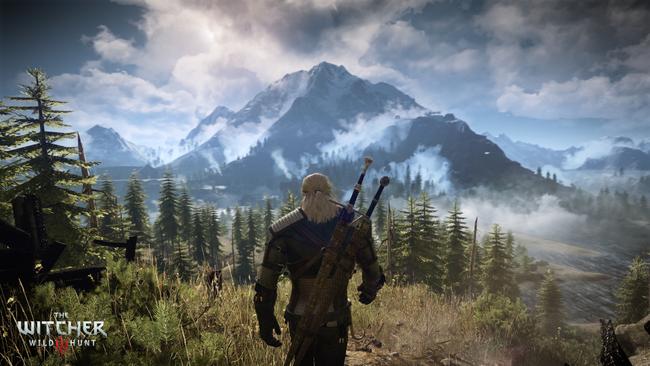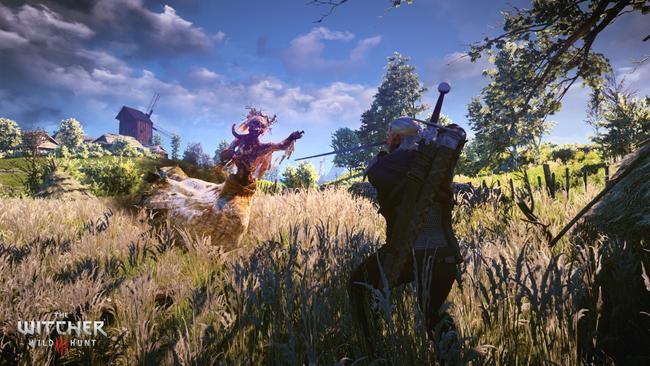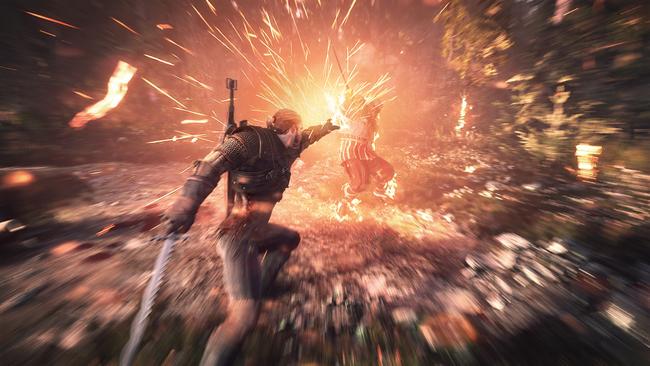
The Witcher 3: Wild Hunt- 5 years of man and monster, steel and silver
On this day five years ago, CD Projekt Red’s magnum opus The Witcher 3: Wild Hunt was released to massive commercial success and rapturous critical recognition. Despite gigantic amounts of pre-release hype and subsequent reception, it remained that no-one could quite have predicted how much of an impact the final game in CD Projekt Red’s fantasy trilogy would and continues to have. Not only is The Witcher 3 one of the best modern RPGs of our time, it’s possibly one of the best games of the generation. It is largely due to the lasting impact of their 2015 juggernaut that CD Projekt Red now finds itself stationed as one of, if not the leading, premier RPG developers around.
To wholly appreciate The Witcher 3, however, you have to consider the difference in scale between the series’ legacy leading up to release and the relative explosion of mindshare since. While the first two games in the series had been successful in their own right, selling an estimated combined 8 million copies ahead of Wild Hunt’s launch in 2015, the once PC-exclusive property now finds itself on PlayStation, Microsoft, and even Nintendo consoles at the tune of nearly 30 million copies sold. Beyond that, a Netflix adaptation based on Andrzej Sapkowski’s series of novels has made The Witcher a household name, subsequently resulting in The Last Wish landing on the New York Times Best-Seller list, 27 years after the novel’s release.

While CD Projekt’s and Netflix’s adaptations of Sapkowski’s source material are distinctly independent projects, they ostensibly remain culturally married, as evidenced by The Witcher 3 selling more in 2019 than any other year since its original release, bolstered by the anticipation leading up to the Netflix original. Needless to say, a series that was once an ambitious but uneven adaptation in 2007 now finds itself at the top of several best-of-the-generation lists as we head into the back half of 2020 nostalgically looking back on Geralt’s adventures. All the while, we’re simultaneously looking ahead to Cyberpunk 2077, CD Project’s own attempt to set the bar even higher.
Like many others (as suggested by the explosion in sales), before The Witcher 3 I had no relationship with Geralt of Rivia or the world of The Witcher at all. Assassins of Kings had made a splash for a vocal, dedicated fanbase, but it wasn’t quite as much of a head-turner as The Witcher 3 for those on the outside looking in. The marketing before release that showed a massive open-world, engaging story and deep RPG mechanics, and an unmatched sense of scale is what drove me and millions of others to buy The Witcher 3 on day one.

Even though there is plenty of good to talk about here, it’s really the story, world, and characters that bring Wild Hunt to life. Geralt of Rivia could easily be viewed as the standout, but the world is really the star here. The fact that The Continent feels so believable despite dripping in supernatural elements is a testament to the characters and world-building at play. The theme of whether men themselves are capable of being monsters can be a bit on the nose admittedly, but that doesn’t mean it isn’t fantastically presented throughout.
The Witcher 3 is the first example of a game that really felt next generation when I first played it. The scope of the world was absolutely incredible, with moments like arriving at The Skellige Isles really highlighting how much work was put into making the environments feel legitimately expansive. Interacting with characters within the world almost always felt meaningful, many of the quests felt like they had actual purposeful content in them. Even just exploring without a direct destination still managed to elicit a sense of inherent reward for the player. Many people might point to Skyrim as their never-ending RPG of choice to get lost in, but for me, I’d have to go for The Witcher 3.

I’d be remiss to ignore The Witcher 3’s fantastic approach to DLC as well. Both Heart of Stone and Blood & Wine are real showcases of what downloadable content should be in a game -- and in many ways remain the gold standard for what is possible when supporting single-player RPGs after release. They were stuffed with content, reasonably priced, and actually added to the original game in meaningful ways. They manage to perfectly balance being stand-alone experiences in their own right while also successfully building on top of The Witcher 3’s successful foundation. There still hasn’t been a better example of single-player DLC since, and the quality of these add ons alone is another reason to be optimistic about what CD Projekt Red is capable of achieving with Cyberpunk 2077 as well.
Five years on, and The Witcher 3 still has just as much cultural relevance as it did when it first launched, if not more. In my time as a gamer, I can’t really think of a game that has managed to bring a somewhat modest series of games into the limelight quite like Wild Hunt managed to do. I know I’ve been eager to keep anything CD Projekt Red keenly on my radar ever since. While I am excited to see what’s next for the studio later this year, more and more I find myself mostly hoping for a return to The Continent. I certainly know I’ll be ready to brandish those steel and silver swords once again.